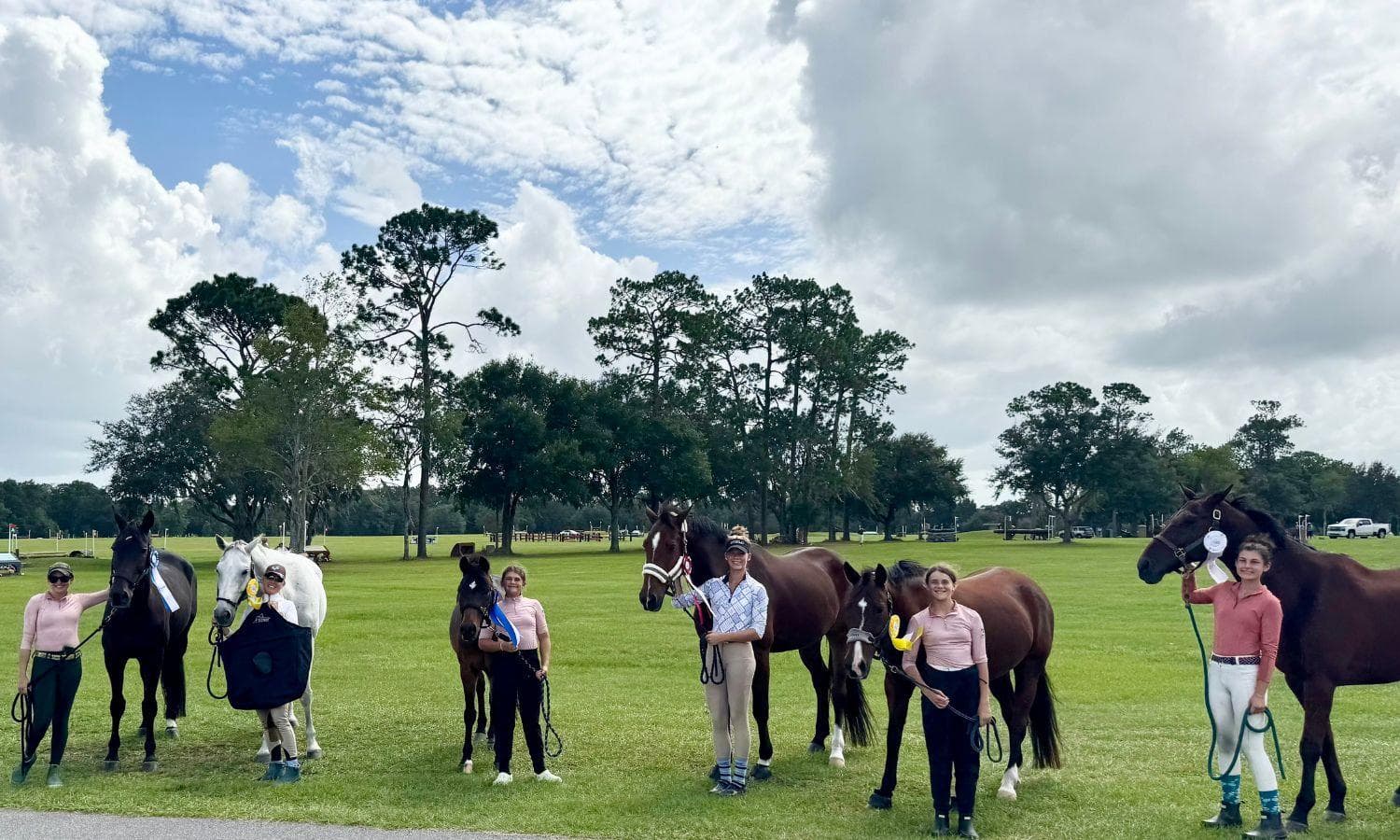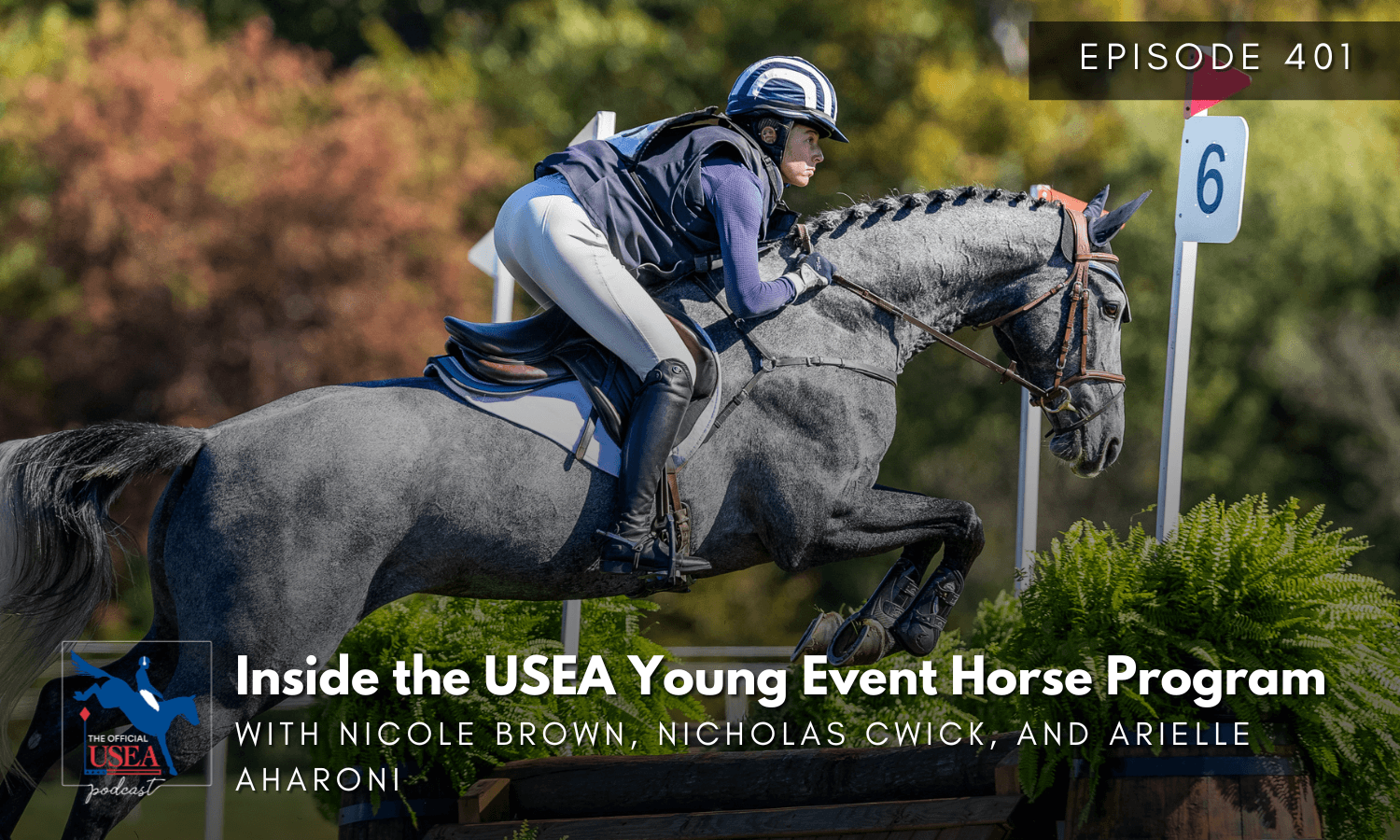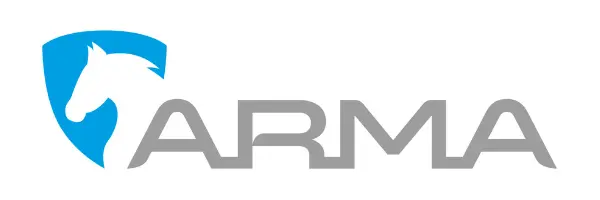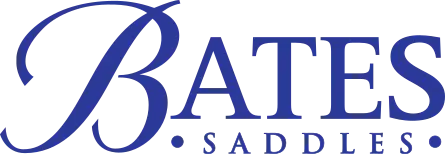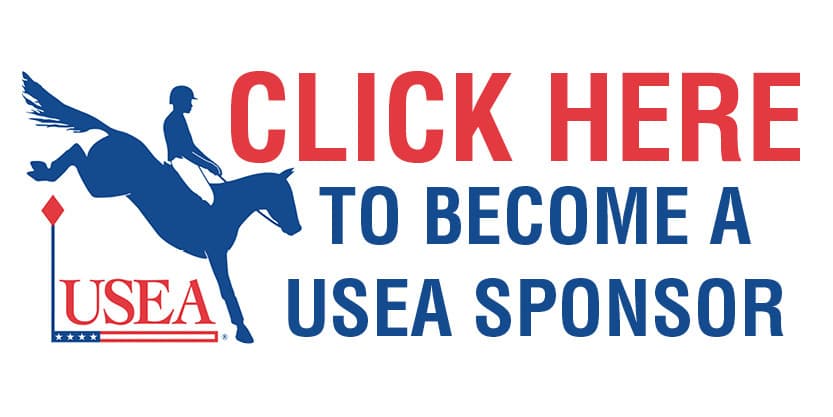Rider Fitness: Ariel Grald Finds Flexibility Key to Five-Star Success
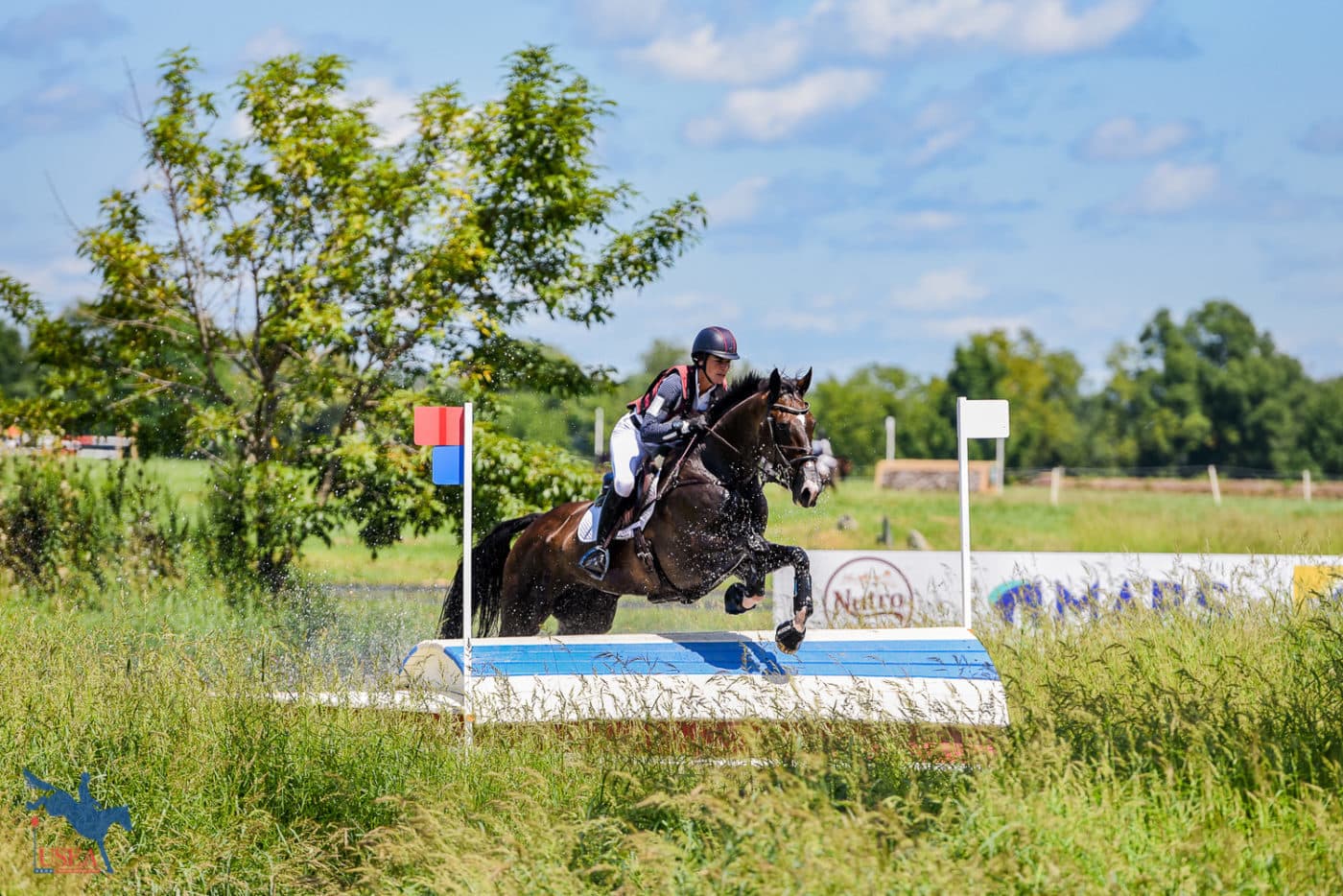
For five-star level event rider Ariel Grald, fitness is all about being as inconspicuous on the horse as possible. Grald’s fitness routine realistically consists of sitting on roughly 10 horses throughout any given day, but the top-level athlete says that one of her key incorporated fitness elements has become Pilates and stretching.
“I’m fortunate to be able to spend most of my day in the saddle, and I am naturally a pretty fit and strong person,” explained Grald. “However, a big issue for myself has always been flexibility. I began doing Pilates roughly five years ago and the resistance training that is incorporated into it helps me get the most out of the stretching and suppleness. By adding some resistance into the exercises, Pilates has significantly improved not only my flexibility but also my stability in the saddle.”
Grald, who like many riders, suffers from some stiffness in the lower back and hip area, says that her time at the Pilates studio has become integral in maintaining her body’s health in the saddle, and supporting her ability to respond to external factors during a ride.
“Since I started doing Pilates, my muscles have been much happier, and I have had better body control,” Grald continued. “Most of riding is posture control and the ability to isolate certain muscle groups needed at different points of the ride. I’ve noticed I am more flexible, but I’ve also noticed that my muscle responses are sharper which is crucial to the sport. For example, if I have a horse that takes a misstep on the cross country field, my ability to react to that horse’s sudden movement and stay balanced over him has improved as a result of my training.”
On the road, she encounters many of the same difficulties as other competitors in that she is not able to strictly keep to her scheduled workout programs. While Grald’s winter routine is pretty consistent, traveling for events throughout the summer has required her to come up with quick and easy ways to keep her body at its best no matter where she is.
“I try to stretch a bit every morning, both at home and when I am traveling,” she said. “I always have a mat handy that I can put on the floor, and then I just work through various movements, including a lot of pigeon pose, to try and release any tension my body is holding.”
The one element of Grald’s fitness routine that never changes, however, is the majority of her day that is spent in the saddle.
“I do all of my own fitness work with my horses,” she detailed. “I know a lot of upper-level programs have so many horses that they are not able to be one-on-one with them every day, but I try to keep my numbers small enough that I can actually sit on them all myself. I am the one out there doing the trot sets and galloping each of the horses, so much of my fitness comes just from doing what the horses need.”
Even while on horseback, she focuses on listening to what her body needs and mindfully practicing flexibility exercises even at the walk.
“I take each of my horses on a hack around the farm before I start the real work, and I use this time as a warm-up for myself as well,” she continued. “I make sure I am really swinging my hips with theirs and that I am feeling each seat bone settled deep in the saddle. Any time during our training that I let the horse have a walk break, I also drop my stirrups and stretch my hips a bit to make sure I’m not building any tension.”m
The other thing that she emphasizes, which is much of an overlooked topic when not pertaining to the sport’s four-legged mounts, is bodywork. As Grald explains, all upper-level equestrians are experienced with the detailed amount of bodywork and sports therapy that goes into keeping the competing horses in top shape. However, what she finds is often overlooked is bodywork pertaining to the two-legged athletes of the sport.
“An important part of overall human wellness, in my opinion, is getting bodywork done on yourself as well as your horse,” described Grald. “We equestrians spend a lot of money in chiropractic and bodywork for our horses but have the tendency to forget that we are part of the athletic equation as well.”
Grald herself regularly receives massages and chiropractic care to keep her body feeling the best she can so that she can provide the best experience for her mounts.
“As riders, if we can’t be flexible and elastic on top of the horse, then we can’t expect them to be able to perform that way,” she continued. “I spend almost all of my day on a variety of horses, and naturally I will have some aches and pains so I do take the time to get chiropractic and massage, as well as icing myself. Riders are as much a part of the athletic equation as the horse.”

